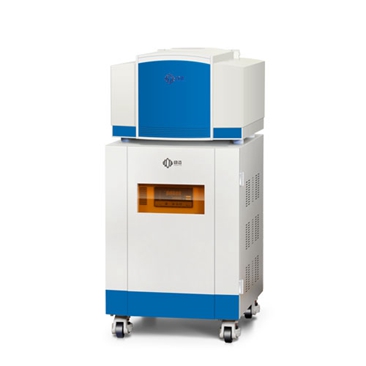Beef is rich in nutrients and perishable. It is a common meat in daily diets around the world. Low temperature can inhibit the growth of microorganisms and enzyme activities in meat, but chilled beef will inevitably deteriorate during the manufacturing, transportation and storage processes, resulting in poor beef quality, such as taste, discoloration and other physical and chemical changes. Therefore, it is necessary to evaluate changes in beef quality during cold storage.
Traditional physical and chemical methods are susceptible to subjective and environmental factors and have poor repeatability. As a fast and non-destructive detection method, LF-NMR analyzer has been widely used to study the state and distribution of moisture in food.
LF-NMR relaxation parameters combined with chemometric methods have successfully achieved the prediction of moisture content, fat, and quality parameters in fresh beef samples. However, there are few studies on the change and distribution of moisture status of beef during cold storage and the relationship with other quality indicators.
In the process of beef refrigeration, the lateral relaxation time and peak area of the difficult-to-flow water were significantly reduced. The change of microstructure caused by deterioration may be the main reason for the decrease of water mobility, water content and water holding capacity. PLSR analysis results show that there is a strong correlation between CPMG relaxation data and traditional quality indicators such as pH, TVB-N, and TBARS. Principal component analysis results show that LF-NMR analyzer can identify beef samples with different storage times.
The results show that LF-NMR analyzer as a fast and non-destructive detection method can replace traditional physical and chemical methods to assess beef quality.

 NIUMAG
NIUMAG